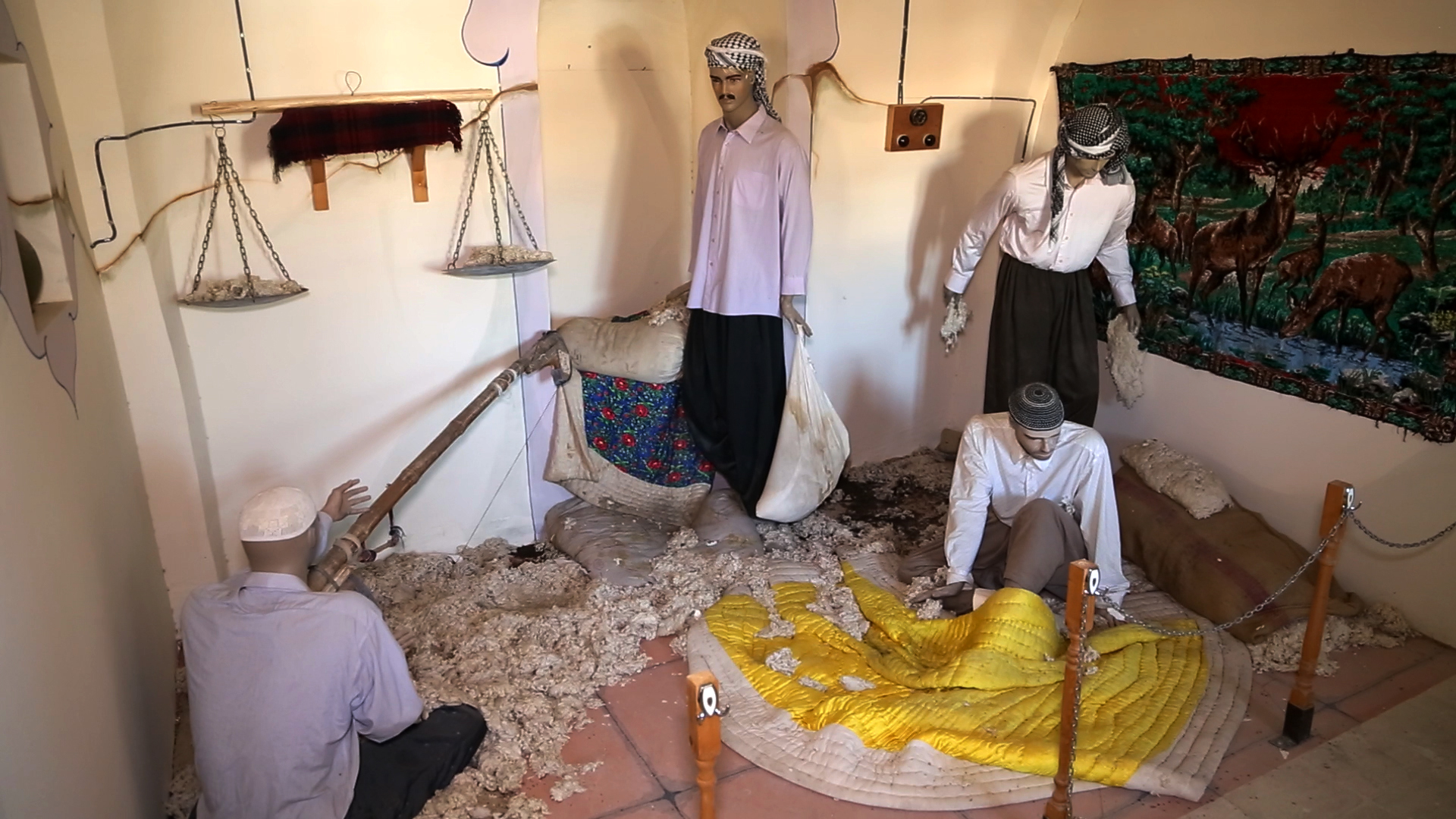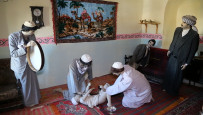Ten years after its construction, the Kirkuk Folklore Museum has recently opened its doors with statues a portfolio of statues reflecting the old professions that were practiced in the city and glimpses that simulate the reality of life in the city in the past decades.
The Folk Museum, located inside the historic Qishla of Kirkuk, began receiving visitors a few days ago.
The director of the Kirkuk Heritage Department, Maher Okla, said the museum was built in 2012, and throughout that period “we worked to provide the museum's supplies...so its opening was delayed."
The museum is located on the last floor of the Qishla Kirkuk building, and it consists of a hall and several small sections, in which statues that mimic the old professions in Kirkuk are displayed, in addition to displaying the national costumes that were worn by the components of Kirkuk.
The oil rich-city of Kirkuk, located 238 kilometers north of Baghdad, is an ethnically mixed province for 1.7 million Kurds, Arabs, and Turkmen, Muslims, Christians and Kaka’is. It has long been at the center of disputed territories between Baghdad and Erbil.
Alia Mufti, a civil activist in Kirkuk, was pleased to have such a museum in order introduce the city to tis first time visitors.
"Friends from other places have always come to me and asked to visit historical sites and learn about the history of Kirkuk, but I did not know where to take them. The only place available was Kirkuk Castle."
There are several other archaeological sites in Kirkuk, besides the citadel and the Qishla.
The Qishla, a Turkish word which means army base in winter, was built in 1863 to be the headquarters of the Ottoman in the city centre, occupying about 24,000 m2. Located in the center of the city, Kirkuk Citadel is considered as one of the oldest parts of the urban city, some saying it was built by the Gutians in the middle of the second millennium BC while others think it was built during the reign of the Assyrian king “Ashur Nasirpal II” between 850 and 884 BC.
The Citadel built as an integrated city, it is divided into three parts and has four entrances.
For his part, Amin Leilani, the civil engineer and specialist in the restoration of archeological sites, told KirkukNow, "The importance of the folklore museum lies in showing the city's heritage, how its residents lived and what professions they practiced," stressing the need to pay attention to this aspect.








